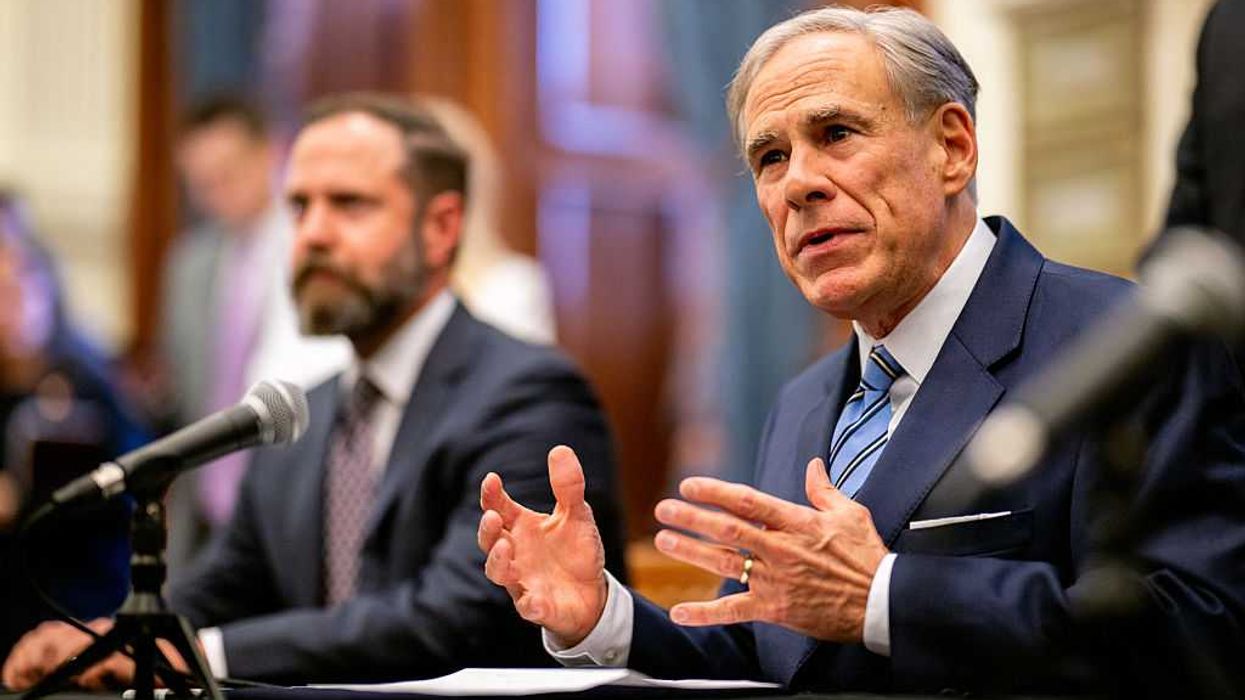He who hesitates is lost. ---proverb
Change, especially a collapse scenario, often happens quite fast. So fast that there's little to no time to react in the short frenzy between "before" and "after".
This is true throughout nature. Glaciers that took millennia to form calve off into the sea in a matter of moments. Old-growth forests filled with thousand-year-old trees can be decimated by a single wildfire. The bubonic plague "Black Death" pandemic of the Middle Ages killed one-third of the Earth's human population over just four short years.
Fast change is also a hallmark of human society. Movements and ideas -- oftentimes simmering for years, decades or longer -- suddenly reach a critical state in which the populace is swept up into history-making action. The outbreak of World War I. The Civil Rights movement. The dissolution of the USSR. The Digital Age.
When it comes, change happens swiftly. And life after -- for better or worse -- is forever different.
I've witnessed this time and time again since co-founding PeakProsperity.com. And in pretty much every instance, I notice that the vast majority of people -- including even many of the the watchful and preparation-minded folks who read this site -- are caught by surprise.
Fukushima
A good example of this was the disaster at the Fukushima Daiichi nuclear power plant in March of 2011. Of course, no one could have foretold the timing and scale of the tsunami, and virtually nobody expected that it could overwhelm the facility as spectacularly as it did. So in the immediate aftermath of the plant's failure, the world looked on in sympathy, not fear.
But on March 12th, that changed as the first of several hydrogen explosions was observed among the reactors. And then my phone rang.
It was Chris, my co-founder here at PeakProsperity.com. "I don't know exactly what that was, but it wasn't good", he said. Based on his background in the sciences, his strong assessment was that the situation at the plant was much more serious than was being publicly admitted to.
Since I live on the west coast here in the US, he advised me to consider getting a radiation detection/contamination protection kit -- "just in case". While we both hoped it wouldn't come to that, I quickly heeded the advice. I placed an order for a kit as well as a shipment of iodine tablets.
I was very lucky to have done so. Because just a few short hours later, as the world woke up to the worsening situation at Fukushima, anything related to radioactive contamination was sold out across the US. For months. The supply chain for that stuff was miniscule compared to the demand of a panicked nation.
If you were late to game -- and pretty much EVERYBODY but the extreme early-birds like me was -- you were out of luck. And vulnerable.
Now, thankfully, as horrible as the on-going crisis there still is (it's five years later and the radioactive fuel that melted through containment still remains in a molten state), the worst-case scenario didn't materialize.
But I still keep my contamination kit handy. More than anything else as a reminder of how fast things can change. And of the outsized value of early action.
Oroville Dam
More recently, we saw a similarly swift devolution of events at California's Oroville Dam this year. The west coast had suffered an especially wet winter, and an arrival of a Pineapple Express in February didn't help the situation.
California residents were focused on flooding and mudslides in the usual places -- no one had any inkling that there was risk of larger infrastructure failures, let alone one at the tallest dam in the US. And, as the water levels rose at the Oroville Dam, the communication from state authorities was "All is fine. All is under control. There's nothing to worry about" -- until suddenly a mass evacuation of over 200,000 residents living downstream was ordered.
Not surprisingly, the subsequent panicked scramble resulted in tremendous traffic jams, slowing down the evacuation to a snail's pace. Residents had no time to prepare, buy supplies (if there were enough in their area to purchase), or line up a safe destination they could head for. They just had to grab what they could and flee as best they were able.
Again, everything appeared fine right up until the tipping point. Those with the foresight beforehand to pack a to-go bag, arrange a bug-out crash pad -- or better yet -- leave for a safer location until the waters stopped rising, fared much better than the herd who waited.
2008 Financial Crisis
On a more economic note, I've pointed out in a number of past articles how quickly things went south during the 2008 financial crisis. Even pundits like Chris and I, who warned for years it was very likely coming, were still shocked by how viciously it struck.
Most folks have preferred to forget how quickly the bubble popped. Between September and October, the S&P 500 lost one-third of its value. Poof!
Of course, the S&P then continued falling through March, ending at over 50% lower than its pre-crisis high. Millions of jobs were lost over these months. And the prices of other major assets from houses to bonds were savaged, too.
It all happened so quickly that most investors and homeowners were simply overwhelmed by the shock. Unsure what to do, they simply watched the price of their assets continue to fall -- praying for the carnage to end.
Timing Isn't Everything. Positioning Is.
They say that Timing is everything. I disagree.
Trying to time disruptive events is a fool's errand. In the years I've been involved in running this business, I've seen too many people make big bets (portfolio allocation, geographic relocation, job change, etc) because they were rock-solidly convinced a major change event was 'imminent'. Most of those folks eventually regretted the cost of their haste as the status quo muddled on much longer than they'd expected.
Anyone who predicts with exactitude about the when of future events is deluding either you or themselves. More likely, both.
BUT, we can predict the what (i.e., what will happen) with much greater precision. And that's where advantage can be gained.
For instance, many of those paying attention in the years leading up to 2008 had arrived at the conclusion that bad policies and overly-loose lending standards had resulted in mal-investment on such a grand scale that a massive clearing event was inevitable. Did they know the date of the tipping point? No. But they knew the probability for a major financial crisis increased with each year.
Those who positioned themselves -- prudently -- in advance avoided the losses that everyone else took. As The Big Short detailed, some were even able to profit wildly from their foresight (though admittedly, this was just a rarified few).
The adjective "prudently" is important here, because here at PeakProsperity.com we emphasize risk management, not speculation. Our goal is to maximize our odds for prospering no matter which future outcome arrives. Yes, the intent is to enjoy the best (risk-adjusted) return in building our wealth as possible. But it's important to understand that sometimes 'prospering' simply means losing less than we would have otherwise, should events go against our expectations.
So for those looking to protect and growth their wealth, our advice is to focus on the positioning for highly-predictable events rather than their timing.
This is the same logic underlying an insurance policy. Illness/injury, car accidents, house fires -- the timing of these, if they happen at all, is unknowable. But should they happen, insurance only has value to you if you procured it in advance.
The exact same is true across the spectrum of the Eight Forms Of Capital (for those unfamiliar with this framework, it's the guidance we offer for building "true wealth" in life). Don't wait to invest in your health until you've developed a chronic condition. Don't put off building community before a crisis (injury, job loss, etc) forces you to ask for help from others. Don't forget about creating an emergency kit until some disaster (hurricane, earthquake, flood, etc) hits.
For those who put off taking advance action, it may be simply "too late" in a number of scenarios should the status quo quickly change.
Don't be an 'avoidable victim'. For the events you calculate are likely to happen, assess your current level of preparedness and take steps now to shore up any deficiencies. As you do this, ask yourself: What would I absolutely regret not having in place should this happen tomorrow? Make that list your top priority.
To help you in this, we have a self-assessment form, which you can download for free here. We use it at our annual seminar each year, so it's pretty well-honed at this point.
After taking it, some folks prefer to go a step further and schedule a consultation with Chris to discuss their personal situation and get his experienced perspective on their plans as they take shape. If interested, you can learn more about how to do that here.
But the main focus here is to prioritize the key steps to take in advance of any potential life-altering events that concern you.
For example, anyone who reads PeakProsperity.com should know that Chris and I think a major market correction is long overdue. We anticipate price drops of a similar magnitude as seen during the 2008 crisis, and possibly even worse. (For those new to this site, read: The Mother Of All Financial Bubbles)
If you share our conclusion, are you positioned prudently should the market correction arrive tomorrow?
Remember that in 2008, most people didn't expect the market to fall. Folks believed: It's different this time. Yet when the market started tanking in September, it happened so quickly that investors had already lost a third of their portfolio's value by the time their October statements arrived in the mail. At that point, most were psychologically unprepared, and simply held on, praying that the market would go back up. And still prices kept falling for months after.
Don't let this happen to you. Determine what your minimum acceptable positioning should be and then make sure it's in place. Even if it's as simple as just holding more of your investment portfolio in boring old cash. (Feel free to read our How To Hedge Against A Market Correction guide for additional ideas). I myself just updated readers on how I recently increased my short positions within my portfolio.
Yet it still surprises me how many people I talk with regularly who agree the risk of a market correction is uncomfortably high, but have not yet begun to position themselves accordingly.
For example, a large number of folks have had free consultations with our endorsed financial advisor since the start of 2017, each very concerned to protect their financial wealth should a market correction happen. Many indeed plan to open accounts, but haven't yet -- remaining invested in their existing long positions for the time being. Why? Because they've been making money over the past several years, and can't yet wean themselves off of the central bank gravy train even though their brains tell them it will inevitably come to an abrupt and painful end.
If you're one of these folks, please reflect for a moment. No one can predict when the next market downturn will happen. By the time it does, your capital needs to have already been positioned smartly in advance. It will do you a lot less good to try to sell after taking an initial round of losses. And at that point, emotionally, you might find yourself too shell-shocked to take action. There might even be restrictions placed on access to your funds if the situation gets bad enough. So is today's urge to wait 'just a little bit longer' worth the risk?
Only you can determine if and when to transfer any of your capital over. But if you've already made the decision in your mind to eventually do so (as many of you have expressed), then a prudent step is to simply fill out the paperwork to open an account now. You can deal with any transfers later. Doing this is a small investment of your energy in the here and now, but will save you valuable time, stress and potential uncertainty should you decide to move your money there urgently in the future. So whether you plan to work with our endorsed adviser or another one you like even better, remove as much 'friction' as you can today that could threaten to derail your goals for tomorrow.
The same logic applies to nearly anyone concerned by the Three E's discussed in The Crash Course:
- Homeowners looking to sell before the next housing downturn -- With more and more major markets topping out, have you determined a time frame by which you'd like to have your house sold? Have you identified the broker/agent you'd like to use? Have you calculated your desired listing price?
- Account holders at Too Big To Fail banks -- If you're planning on eventually moving your cash to an alternative provider with less exposure to derivative risk or the potential for a "bail-in", have you identified the specific credit union/savings bank/private vault/etc yet? Have you conducted a test transfer yet?
- Those considering buying cryptocurrency for the first time -- Have you learned how to purchase them yet? Which coin(s) do you want to buy? Are you going to use an exchange? Which one? How do you plan to store your coins? Have you lined up that solution yet?
- Those switching to a de-growth lifestyle -- Where do you want to live? What will your homestead needs be? Will you keep your current job or need to re-skill? Will your new lifestyle depend more on others? If these answers require any life changes, have you made any of them yet?
- And on and on...
In all of these cases, the benefits of taking action on the essential steps today, in advance of a future date by which you may desperately want those steps to have been taken, are clear.
Most folks just need a little nudge or inspiration to get started. Consider this your call to action. For those who haven't thoroughly utilized them yet, our free What Should I Do? Guide, as well as our book Prosper!: How to Prepare for the Future and Create a World Worth Inheriting are chock full of our best guidance and recommendations.
As Chris has often said about preparing for events that have large downside risks: It's much better to be a year early than a day late.
Very wise words.
What would you regret most being a day late on? Whatever your answer, focus your attention there -- today.

 Harold M. Lambert / Contributor | Getty Images
Harold M. Lambert / Contributor | Getty Images
 Adam Gray / Stringer | Getty Images
Adam Gray / Stringer | Getty Images Anadolu / Contributor | Getty Images
Anadolu / Contributor | Getty Images Brandon Bell / Staff | Getty Images
Brandon Bell / Staff | Getty Images